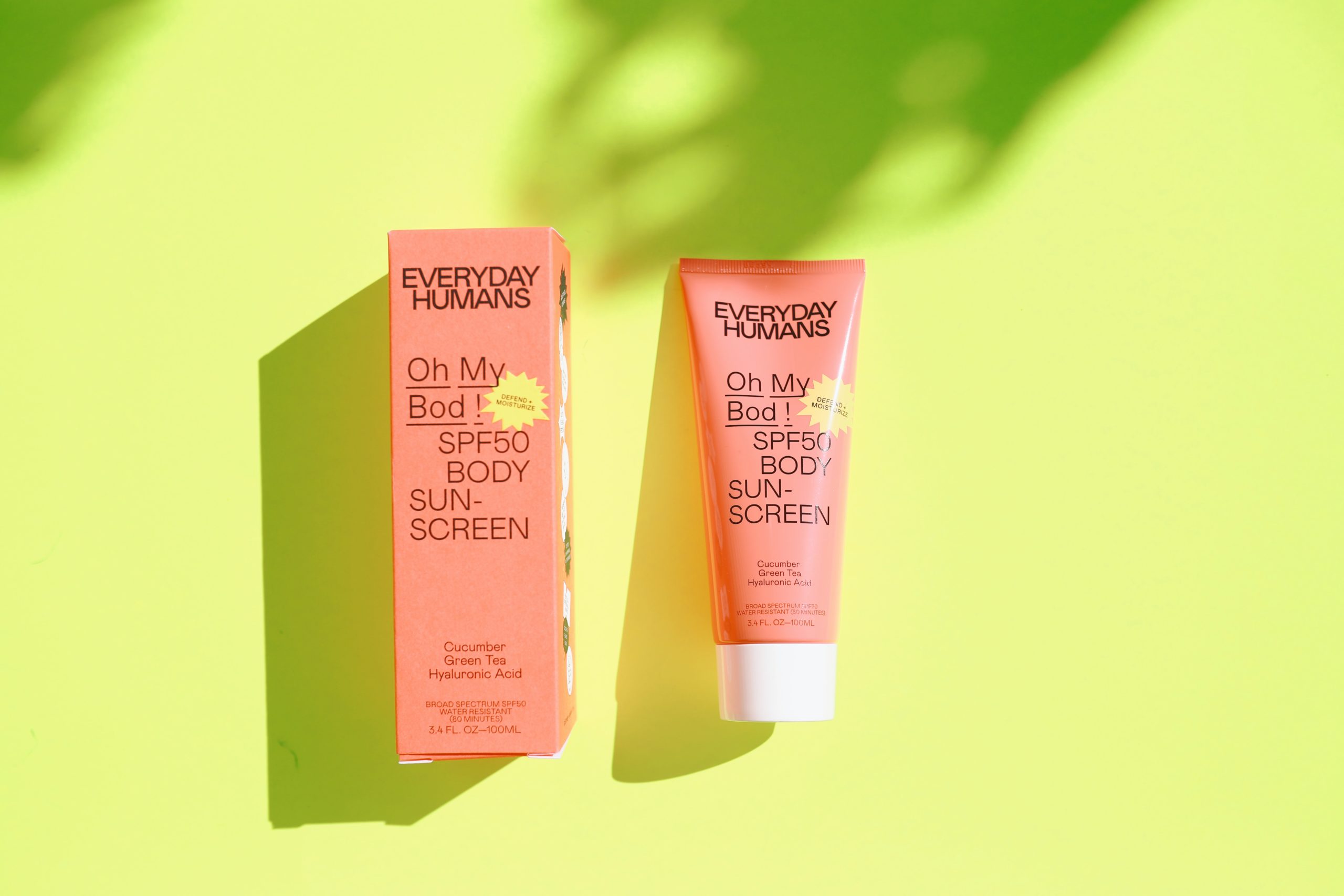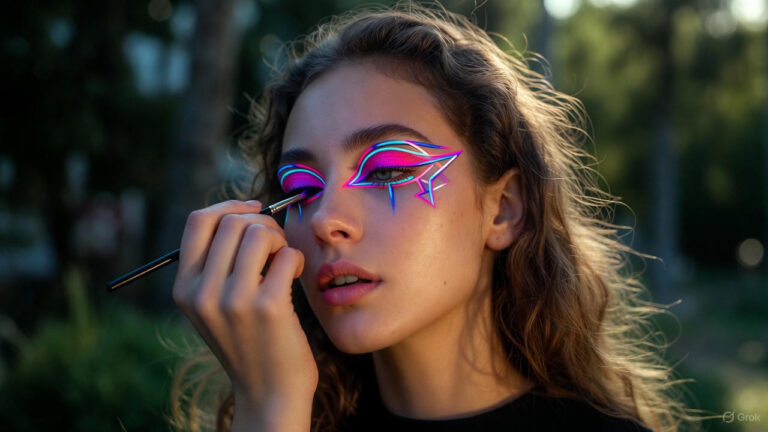When the sun comes out, it’s time to break out the sunscreen. But with so many options on the market, how do you pick the right one for you?
Don’t worry, we’re here to help. First, let’s start by talking about what to look for in sunscreen. After all, not all sunscreens are created equal.
Next, we’ll give you a few tips on how to find the right sunscreen for your needs.
What Does SPF Mean?
Sun Protection Factor, or SPF, is a measure of how well a sunscreen will protect your skin from the sun’s UVB rays. The SPF number tells you how long you can stay in the sun without getting sunburned.
For example, if you have sunscreen with an SPF of 30, it will take 30 times longer for you to burn than if you weren’t wearing sunscreen at all.
But it’s important to remember that SPF only protects against UVB rays, which are the rays that cause sunburns. UVA rays are the ones that cause aging and skin cancer, and most sunscreens do not protect against them.
That’s why it’s so important to find a sunscreen that has both UVA and UVB protection.
How to Choose the Right Sunscreen for You
You’re out in the sun, but as the minutes wear on, you start to feel your skin burning. You didn’t think to bring sunscreen, and now you’re regretting it.
Don’t let this happen again. Next time, make sure you have the right sunscreen for you. Here’s how:
The first step is to find a sunscreen that offers broad-spectrum protection. This means that it defends against both UVA and UVB rays, which can cause skin damage.
The second step is to find a sunscreen that’s right for your skin type. If you have oily skin, for example, you’ll want sunscreen that’s light and non-greasy. If you have dry skin, on the other hand, you’ll want sunscreen that’s heavier and more moisturizing.
The third step is to find a sunscreen that’s SPF 30 or higher. This will give your skin the best protection from the sun’s rays.
Finally, make sure to reapply your sunscreen every two hours—even if it’s a waterproof formula. No one is safe from the sun’s harmful rays!
What to Look for in Sun Protection Products
When looking for sunscreen, you want to find one that’s labeled “broad-spectrum.” This means that it will protect you from both UVA and UVB rays. You’ll also want to find an SPF that’s appropriate for your skin type. The American Academy of Dermatology (AAD) recommends an SPF of 30 or higher for everyday use.
But don’t just rely on the SPF number to determine how well a sunscreen will protect you. The AAD also advises looking for sunscreens with ingredients like zinc oxide and titanium dioxide, which offer the best protection against UV rays.
And, if you’re looking for a sunscreen specifically for your face, check the label to make sure it’s labeled “noncomedogenic” or “oil-free.” This means that it won’t clog your pores or cause acne.
How Much SPF Should You Use?
You know what kind of SPF you need, but how much should you use? When it comes to SPF, less is not more. It is recommended that you apply 1/2 teaspoon to your face and neck. For the rest of your body, a shot glass full of sunscreen should do the trick.
It is important to remember that SPF wears off over the course of the day, so it’s important to reapply every two hours – especially if you are sweating or swimming. To make sure that you always have enough sunscreen available, it is a good idea to carry around a pocket-sized SPF bottle in your bag or car.
Always remember: when it comes to protecting yourself against damaging UV rays, using the right SPF for your skin type is key!
What Types of Sunscreen Are Available?
When it comes to sun protection, there are several types of sunscreen out there to choose from. The most common types are lotions, sprays, sticks, or gels. Lotions and sprays usually need to be reapplied every two hours, while sticks and gels can last up to four hours.
When selecting a sunscreen, it’s important to look for one that offers broad-spectrum protection against UVA and UVB rays. Choose a broad-spectrum formula with an SPF of 30 or higher for maximum protection.
Also, if you’re going to be swimming or sweating a lot in the sun, make sure you pick a water-resistant formula that will last longer in the water.
Finally, if you’re concerned about products containing ingredients that might interfere with your natural skin pH balance or irritate your skin, try looking for ones that use natural ingredients like zinc oxide and titanium dioxide instead of chemical filters like oxybenzone.
Frequently Asked Questions About SPF and Sun Protection
Do you still have some questions about SPF and sun protection? Let’s tackle some of the most frequently asked ones now:
1. How often do I need to reapply sunscreen?
Reapplying sunscreen every two hours will give you the best sun protection. If you’re swimming or sweating heavily, it’s a good idea to reapply more often than that.
2. Can I rely on SPF clothing for sun protection?
Sure! SPF clothing is a great option for anyone who wants more protection from the sun. It can protect your skin from both UVA and UVB rays and the fabric is designed to last for up to 50 washes. Just make sure you check the label that shows how much SPF coverage it has.
3. Can I use moisturizers with SPF in them?
Absolutely! In fact, many moisturizers contain broad-spectrum UVA/UVB protection so they’re a great way to get additional protection without having to apply multiple products. Just make sure to read the label carefully and choose one with at least an SPF 30 rating or higher.
Conclusion
Ultimately, the best way to find the right sunscreen for you is to experiment. Not all sunscreens are created equal, so it’s important to find one that works well with your skin type and that you will actually use. And don’t forget to reapply throughout the day!



